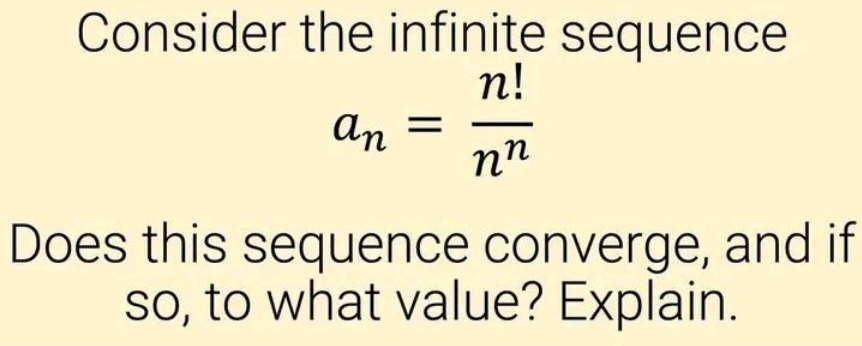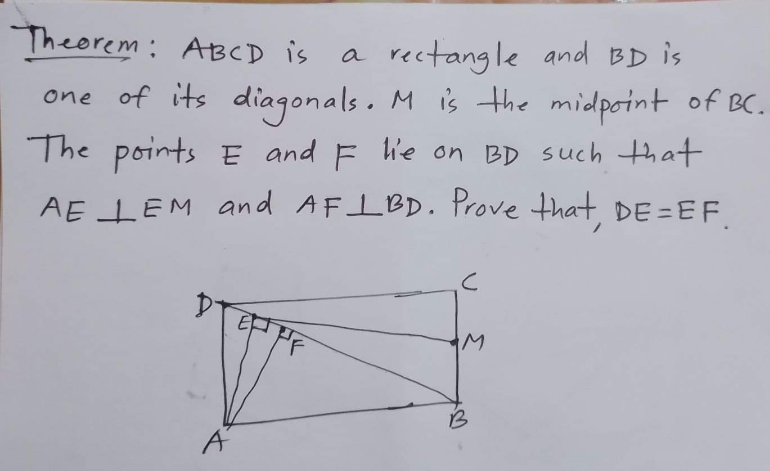
Vector CalculusQuestion and Answers: Page 1
Question Number 222943 Answers: 4 Comments: 0
Question Number 216698 Answers: 2 Comments: 0
Question Number 213045 Answers: 1 Comments: 0
Question Number 212616 Answers: 0 Comments: 1
Question Number 210554 Answers: 1 Comments: 0

Question Number 209888 Answers: 0 Comments: 0
Question Number 207712 Answers: 1 Comments: 0

Question Number 205673 Answers: 0 Comments: 0

Question Number 204273 Answers: 1 Comments: 0
Question Number 203900 Answers: 0 Comments: 0
Question Number 201947 Answers: 1 Comments: 0

Question Number 201144 Answers: 2 Comments: 0
Question Number 200929 Answers: 0 Comments: 2
Question Number 196918 Answers: 1 Comments: 0

Question Number 196412 Answers: 1 Comments: 1
Question Number 193204 Answers: 1 Comments: 0

Question Number 192024 Answers: 1 Comments: 0

Question Number 192023 Answers: 2 Comments: 0

Question Number 191104 Answers: 1 Comments: 0

Question Number 190006 Answers: 0 Comments: 0

Question Number 186323 Answers: 1 Comments: 1

Question Number 185190 Answers: 0 Comments: 0

Question Number 184287 Answers: 2 Comments: 0
Question Number 182183 Answers: 1 Comments: 0
Question Number 181678 Answers: 0 Comments: 0
Question Number 179453 Answers: 1 Comments: 0

